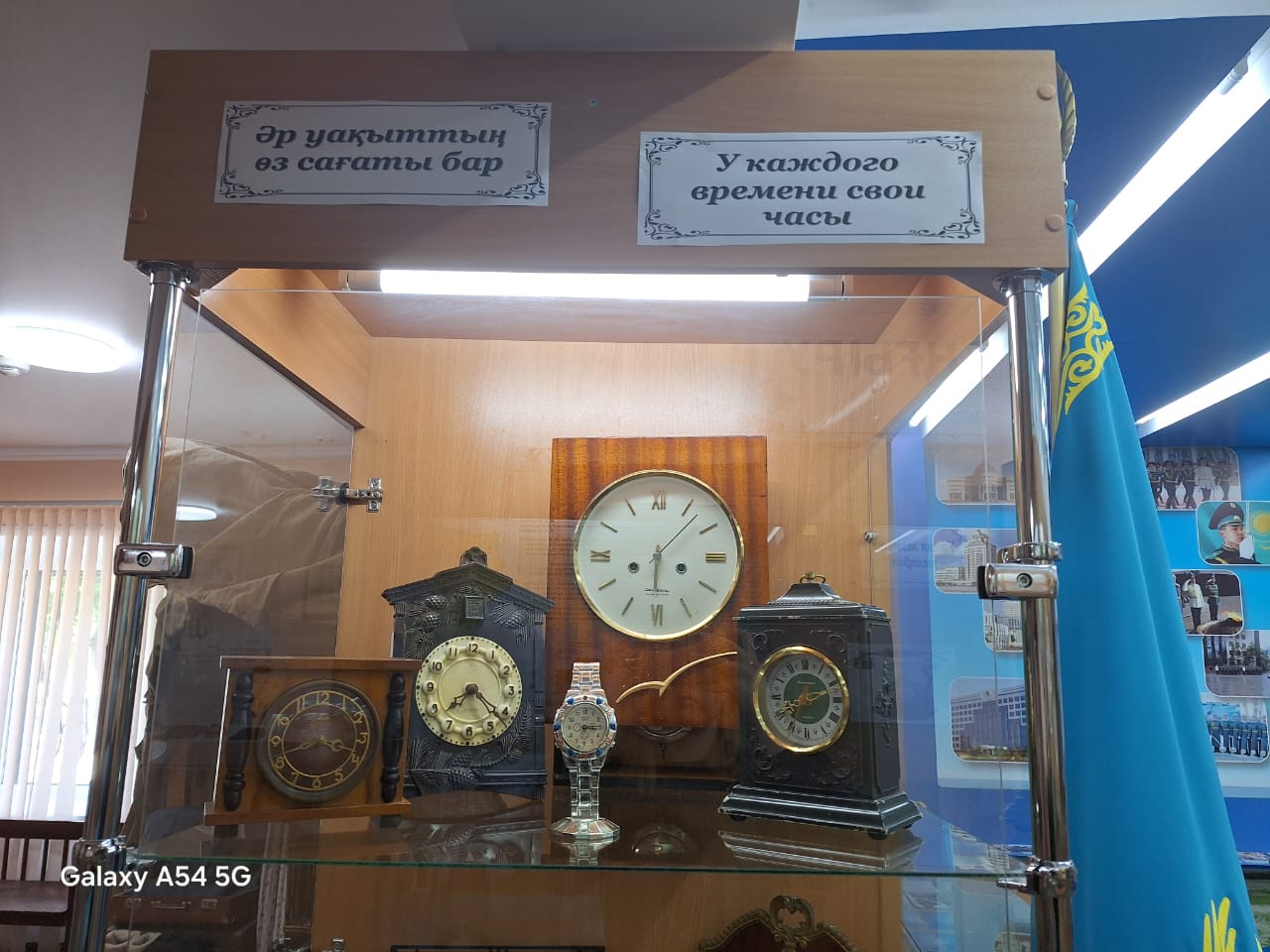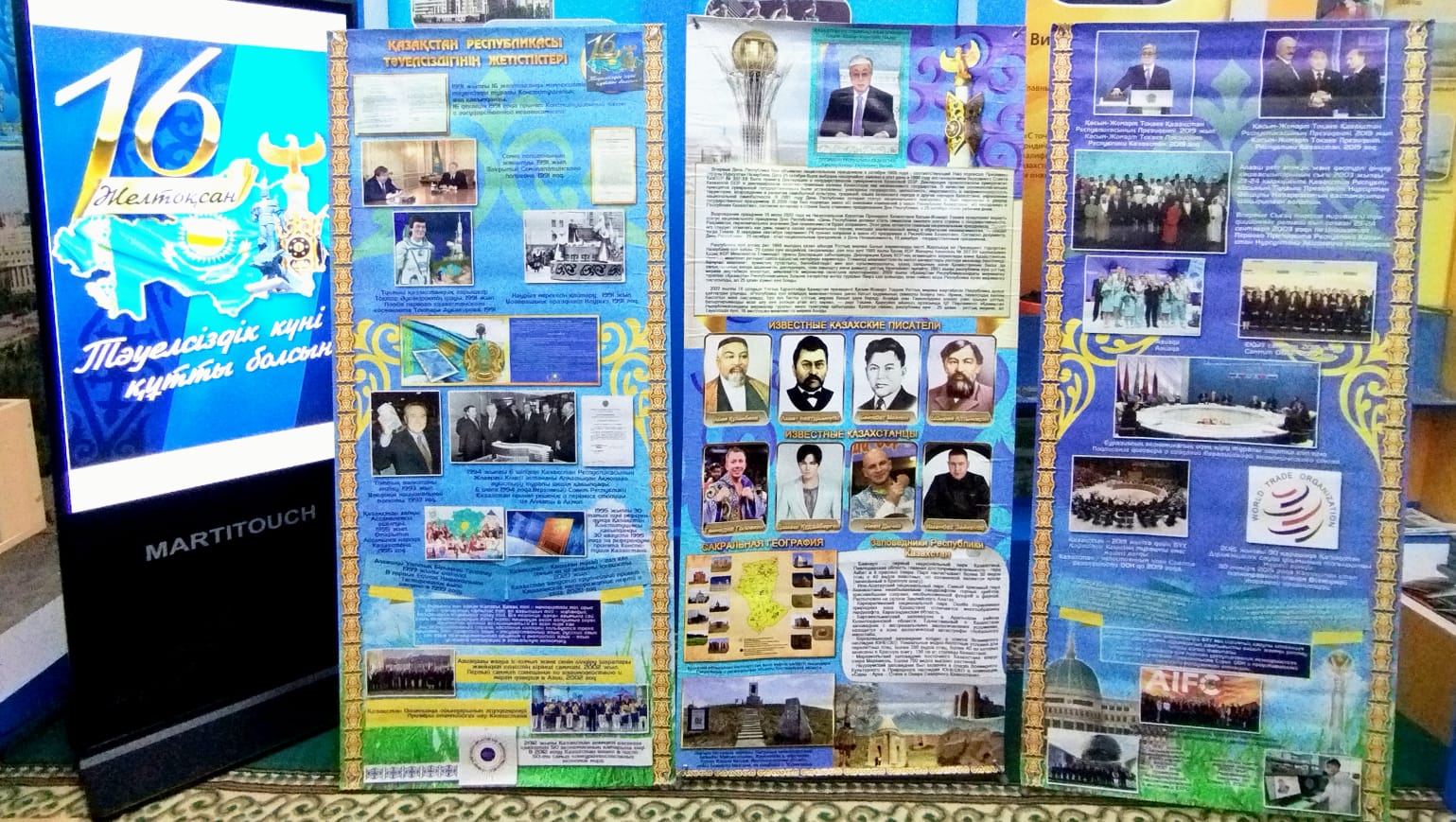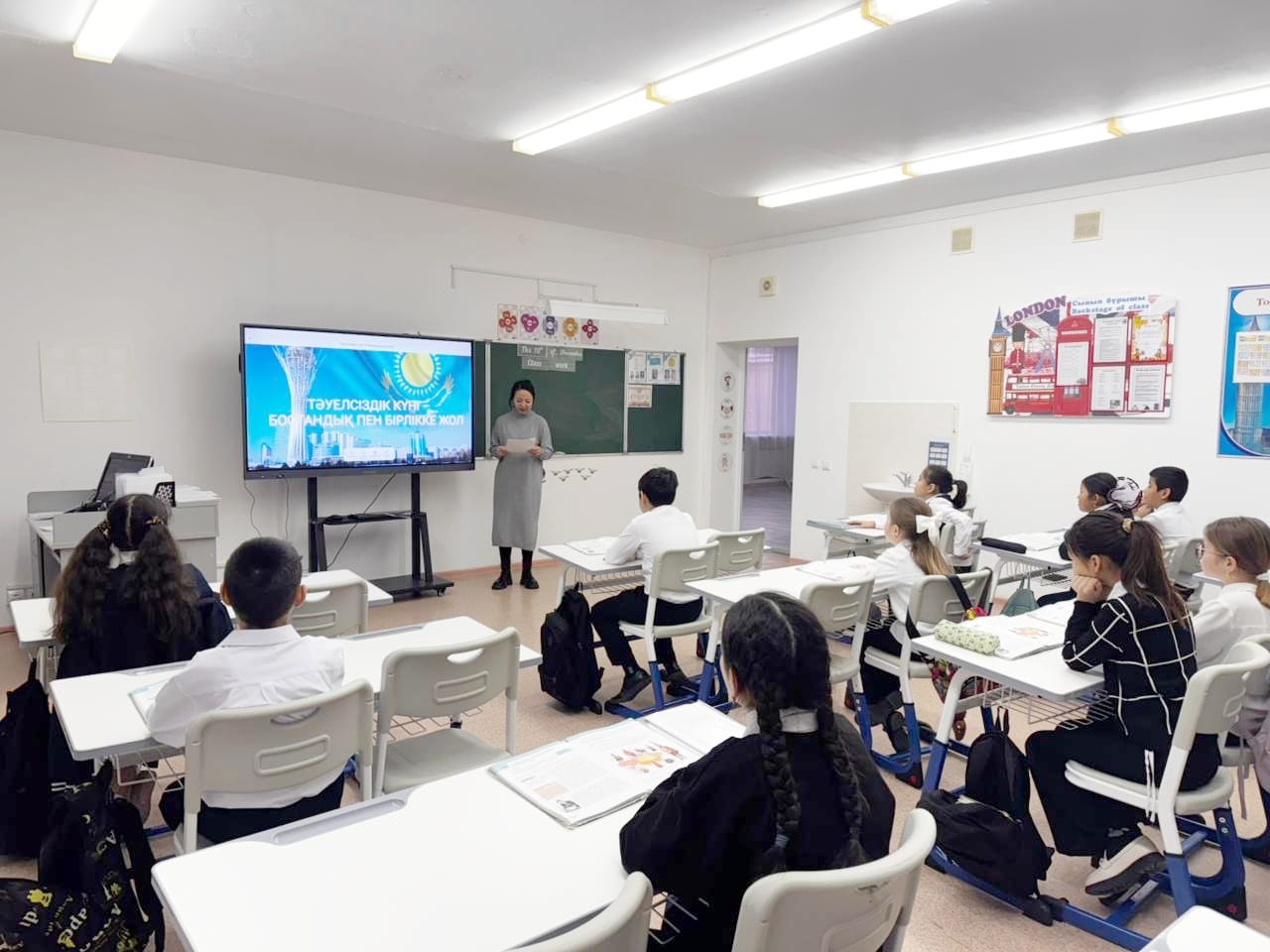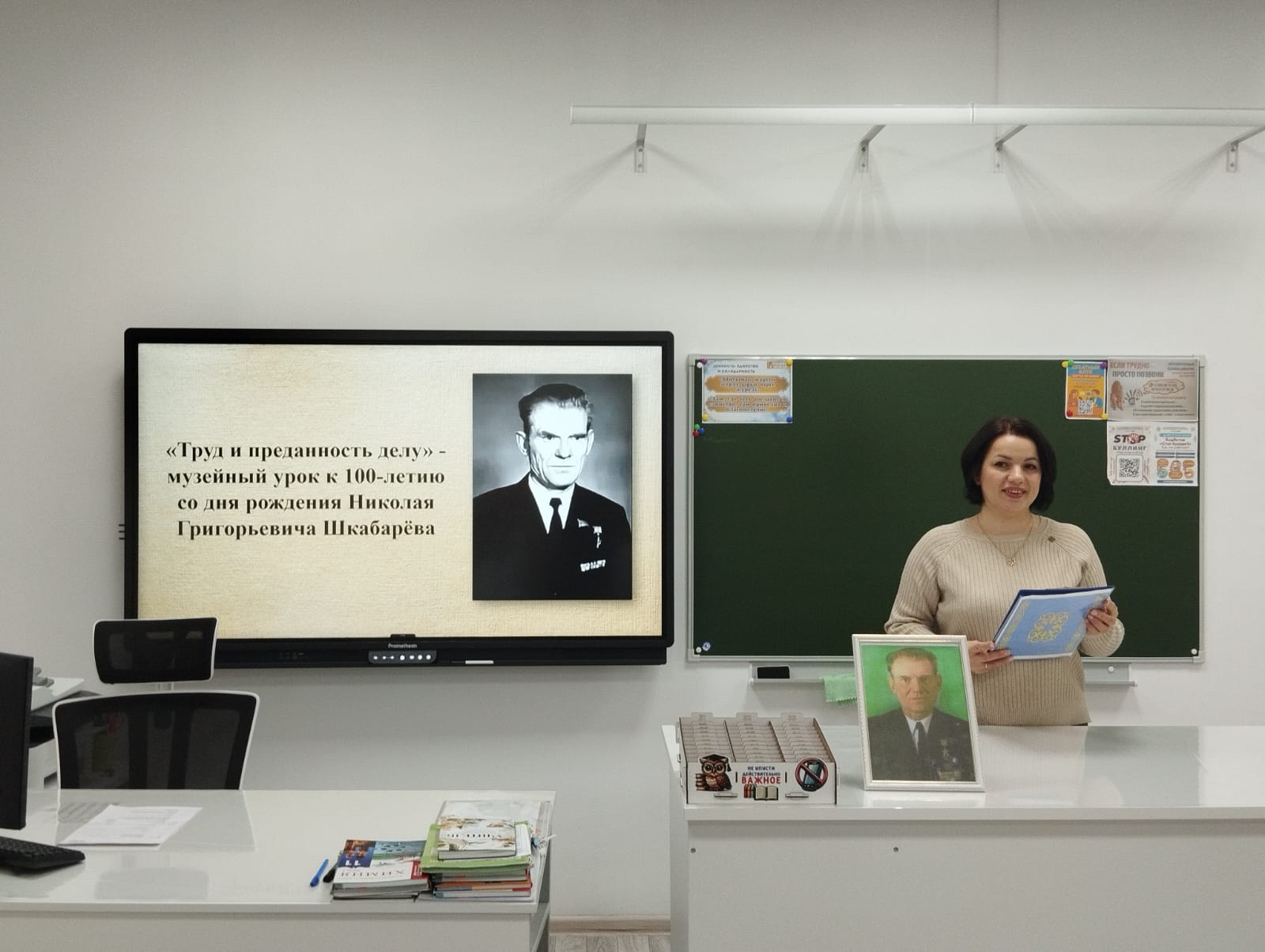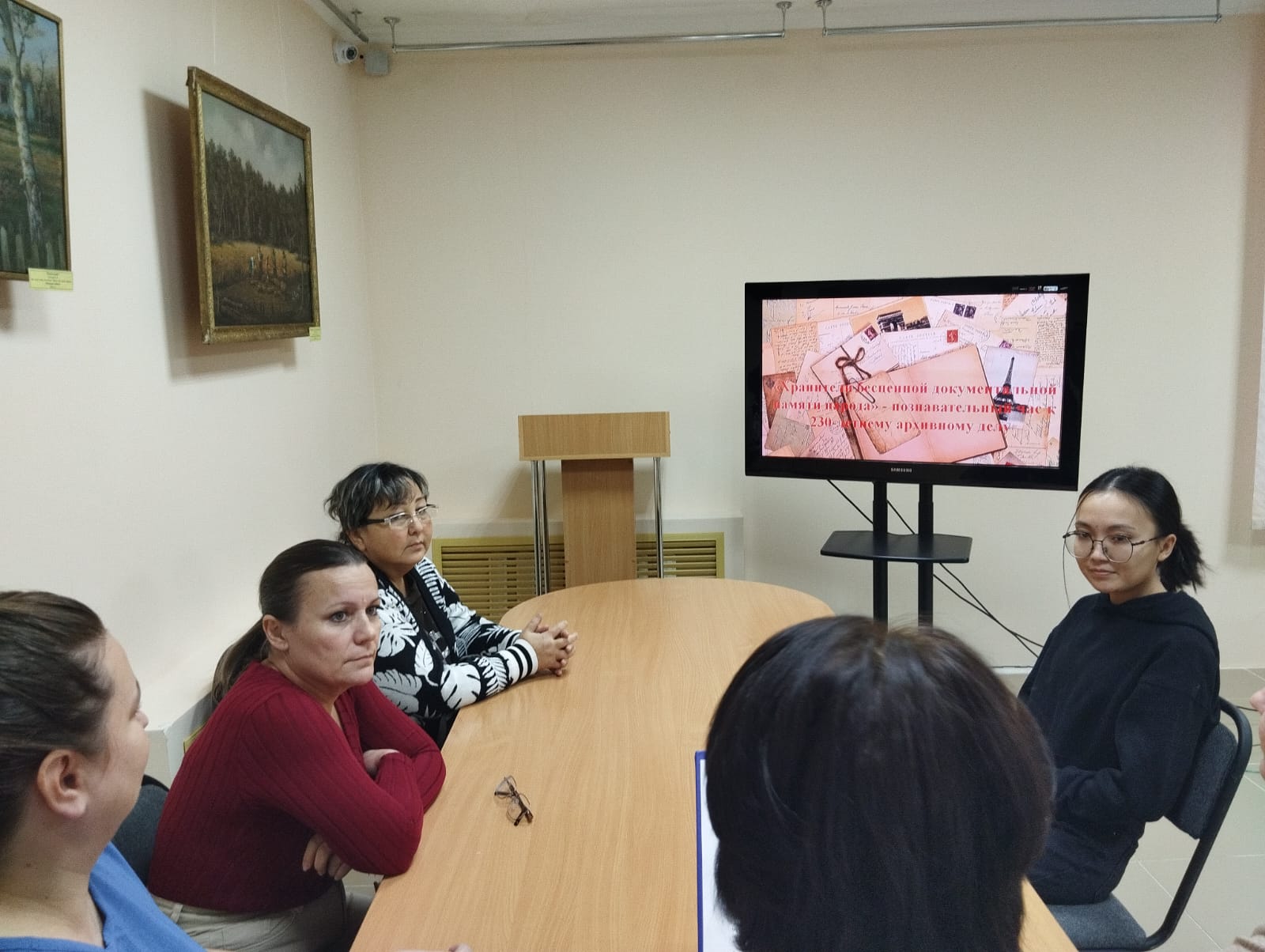On July 18, an exhibition of watches was organized at the B.Mailin Museum of Local Lore, entitled “Every time has its own clock.” The exhibition presents more than 20 exhibits from the beginning of the XIX to the XXI century. Wall, floor, wrist and other types of watches are presented at the exhibition. These exhibits are the result of a search by the museum staff. Many watches were donated to the museum by the residents of the district for permanent use, for which we are very grateful to them. All people’s lives and activities take place in time.
Observing the change of day and night, they have long perceived the passage of time, although they learned to measure it much later. The first hours of people were the sun. The simplest device for measuring time — a sundial — was invented by the Babylonians about 4 thousand years ago. But since such clocks “worked” only during the day, at night they were replaced by a clepsydra — a water clock.
Droplets of water flowed from one vessel to another, and by how much water flowed out, they determined how much time had passed. In addition to water clocks, there were also known hourglasses and fire clocks (most often alarm clocks). Today it is impossible to imagine our modern life without a watch. And the antique clocks that are on display are not only interior elements, but also symbols of family traditions, silent guardians of history, and there is some special attractive force in them that makes you look at the passage of time in a different way.
